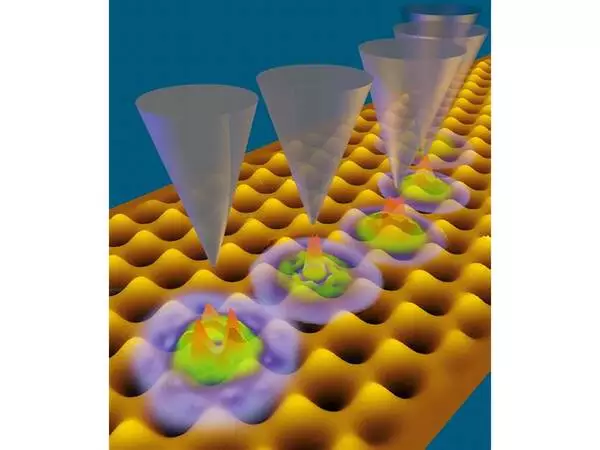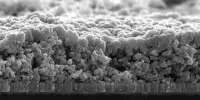In a semiconductor nanostructure, researchers created a quantum superposition state that could serve as the foundation for quantum computing. The trick is to use two optical laser pulses to simulate a single terahertz laser pulse.
A research team from Germany and China has successfully created a quantum bit in a semiconductor nanostructure. Using a special energy transition, the researchers created a superposition state in a quantum dot (a tiny area of the semiconductor) in which an electron-hole had two different energy levels at the same time. These superposition states are critical for quantum computing.
However, to excite the state, a large-scale free-electron laser capable of emitting light in the terahertz range would be required. This wavelength is also too long to focus the beam on the tiny quantum dot. The excitation has now been accomplished by the German-Chinese team using two finely tuned short-wavelength optical laser pulses.
The team headed by Feng Liu from Zhejiang University in Hangzhou, together with a group led by Dr. Arne Ludwig from Ruhr University Bochum and other researchers from China and the UK, report their findings in the journal “Nature Nanotechnology,” published online on 24 July 2023.
A large-scale free-electron laser capable of emitting light in the terahertz range would be required. This wavelength is also too long to focus the beam on the tiny quantum dot.
Feng Liu
Lasers trigger the radiative Auger process
The team made use of the radiative Auger transition. In this process, an electron recombines with a hole, releasing energy in the form of a single photon and transferring it to another electron. The same process can be seen with electron holes, or missing electrons. In 2021, a research team succeeded for the first time in specifically stimulating the radiative Auger transition in a semiconductor.
The researchers demonstrated that the radiative Auger process can be coherently driven in the current project by using two different laser beams with intensities in a specific ratio to each other. They used the first laser to excite an electron-hole pair in the quantum dot, resulting in a quasiparticle made up of two holes and an electron. They used a second laser to activate the radiative Auger process, which elevated one hole to a series of higher energy states.

Two states simultaneously
The researchers created a superposition between the hole ground state and the higher energy state using finely tuned laser pulses. As a result, the hole existed in both states at the same time. Such superpositions serve as the foundation for quantum bits, which, unlike traditional bits, exist not only in the states “0” and “1,” but also in superpositions of both.
In semiconductor nanostructures, several types of qubits were being investigated for quantum computing and quantum information processing. Please keep in mind that developments in this field can be rapid, and new discoveries or advancements may have occurred since then. Some of the most common types of qubits found in semiconductor nanostructures are:
Spin Qubits – These qubits are based on the manipulation of the electron or nuclear spin of individual atoms or quantum dots within a semiconductor material. Spin qubits have the advantage of long coherence times, which are essential for performing quantum operations.
Charge Qubits – These qubits are based on the manipulation of the charge state of quantum dots or other semiconductor nanostructures. They rely on the controlled movement of a single electron between different energy states.
Photon Qubits – Although photons themselves aren’t embedded within semiconductor nanostructures, they can interact with quantum dots and other structures to generate photon qubits. These are often used for quantum communication and quantum networking applications.















